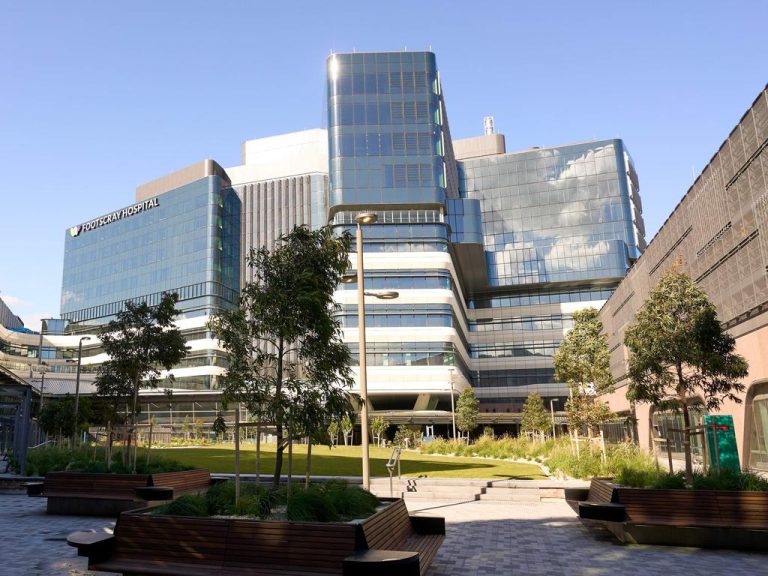Office real estate: what is it?

Office space is one of the most popular commercial property classes to invest in. And there are good reasons for this. Investing in office space can be a lucrative business.
What is it?
Office real estate is commercial property that is set aside for business. Office space can be found in single buildings, business parks and huge CBD office towers. Offices require desk space, meeting rooms and facilities such as kitchens and toilets.
Office workers work in a huge range of businesses including finance, insurance, management, administration and corporate affairs.
The good news
Office space is popular with investors for good reasons. A well-located and maintained office with secure tenants can provide investors with excellent returns.
Here are some of the key benefits of office property:
Good rental returns
Office space offers investors yields of between 5% and 10%. This is much higher than residential property and is a key attraction of investing in office real estate.
Offices are normally rented out on a per-square-metre basis (eg $390/sqm) and demand is tied to the number of office workers and the amount of space required per worker. When the economy is expanding there can be high demand for office space and rents can rise.
Another advantage is that office leases usually include annual rental increases linked to the consumer price index (CPI).
Long leases
As with most commercial property, office leases tend to be fairly long. Establishing or moving an office is an expensive and time-consuming exercise. Most companies will want to establish themselves in a location for the long term, providing investors with excellent secure rental income.
Reasons for caution
More capital required
Banks consider commercial property to be riskier than residential and so require more cash upfront. You will need upwards of a 30% deposit to secure a loan and interest rates will tend to be a bit higher.
Vacancy risks
Demand for office space is sensitive to the general state of the economy. In good times demand can soar but in a downturn demand may slump. Landlords may need to reduce rents to stay competitive. They must also prepare for tenants to go out of business. A long lease and high rent are no use if the tenant can’t pay.
Investing in a building with multiple tenants spreads the risk of vacancy (you would be very unlucky to have all tenants vacate at the same time). Or securing a desirable tenant such as a government department or bank will also reduce the risk.
Risk of obsolescence
If the building is old and the interior space cramped and inflexible, you may find it hard to attract good tenants. The same is true if the location becomes less desirable. Tenants are increasingly seeking out energy efficient buildings with good natural light.
Office real estate: what to look for
On any investor’s wish list should be: secure tenants who are likely to renew, well-located space in a safe area, structurally sound building with flexible space and good natural light, ample parking and good access to public transport and good energy efficiency ratings.
Who invests?
Private buyers, overseas investors, owner/occupiers and property trusts are all active in the office market. For small investors, A-REITs require little upfront capital and are the easiest way to enter the market.







